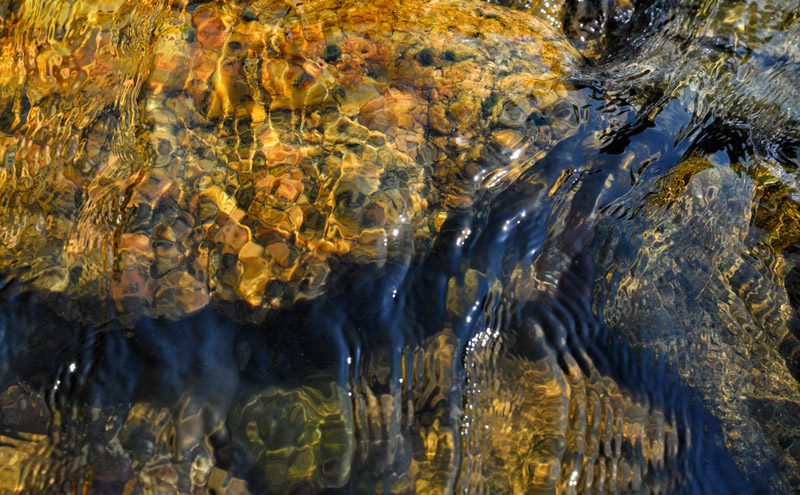
Scientists working to reduce risk the risks to the public from exposure to viruses and antibiotic-resistant bacteria in the water environment met to share their research and discuss next steps on 14 March at the Royal Geographic Society, London.
Viruses pose one of the biggest threats to human health; it is known that they can be present in the food we eat, but what we don’t know is their exact journey from wastewater to shellfish or fruit and vegetables.
Another threat to our health comes from antibiotic-resistant bacteria. These do occur naturally within the environment, but can also be found in manure and sewage which originate from humans or animal antibiotics use.
The scientists are meeting with a range of government agencies, public bodies and private companies, so that they can not only share their current modelling and findings, but also discuss what the industry and regulators need in order to reduce risk to the public.
The two research projects being discussed are part of the NERC’s Environmental Microbiology & Human Health programme to provide the scientific evidence base to support fast and efficient identification of pathogenic microorganisms and biological material in the environment.
Based at Bangor and Liverpool universities, VIRAQUA aims to find out how viruses that make us sick get into our food chain (with a special interest in shellfish hygiene), how long this process takes and what happens along the way – are they infectious, if so, how long they do they remain infective and what makes these pathogenic viruses degrade.
Dr Kata Farkas, lead VIRAQUA research scientist at Bangor University’s School of Environment, Natural Resources & Geography explains:
“We developed ways of finding the viruses in the environment that can make us sick. These methods can now be standardised and used by the authorities for monitoring. This is important as the results can then be compared and checked easily.
We discovered that these viruses, such as norovirus also known as winter vomiting bug, persist in water for a long time, during which, they travel with the flow and currents. This contributes to the spread of disease. Using state-of-art molecular technologies (in the area of metagenomics) we are also finding interesting and new viruses and investigating whether those viruses may infect people.”
Results from the project have been fed into mathematical models that can predict how the viruses travel through the environment from a wastewater treatment plant source to the sea. Using these visual aids, areas of high risk can be identified which may lead to a changes in bathing or shellfish harvesting areas, resulting in a safer environment in general and protecting human health.
The second project, RESERVOIRS, based at the University of Warwick, uses a multidisciplinary approach to understanding how antibiotic and biocide resistance genes in bacteria spread within the Thames river catchment. This will provide a fuller understanding of survival and activity of these resistant bacteria. From this, the researchers want to produce a multiscale model to identify how resistant bacteria enter our rivers and consider their fate and establish potential exposure routes for humans and animals.
Emma Green Research Project Support Officer said: “We’re looking forward to bringing researchers and stakeholders together and to see what outcomes result. The overriding aim of this gathering is to show stakeholders how research findings from the NERC-EMHH Environmental Microbiological Risk programme can be implemented and lead discussions to ascertain the next focus for the next generation of research programmes. We are keen to work with companies, statutory bodies and government agencies in order to make our water environments safer for the public, and provide the research to stakeholders and authorities to make sure they can benefit from our findings and implement them in regulations and routine tasks.”
Dr Kata Farkas added: “Over the last decade new and emerging viruses, such as the Zika virus, have been described and investigated. Among those viruses, many are human pathogens causing outbreaks in both developing and developed countries, including the UK. Due to global pollution, these viruses are frequently found in the environment, resulting in waterborne and foodborne illnesses and outbreaks.”
Dr Evelien Adriaenssens, who is lead VIRAQUA research scientist at The University of Liverpool added: “Currently, there is a massive knowledge gap on many groups of viruses, because they are difficult to culture or because we don’t have enough information on their diversity. Therefore, we have turned to culture-independent approaches such as metaviromics, the sequence-based analysis of all viruses in an environment. Recent advances in sequencing technologies have produced an unprecedented moment in time where we can use these metaviromics approaches to study viruses in any environment without any prior knowledge of which virus is present. So far, we have been able to demonstrate the presence of multiple potentially pathogenic viruses in wastewater, such as norovirus, sapovirus and rotavirus, and are currently investigating whether these viruses travel through river and estuary systems to reach bathing water beaches and shellfish beds.”






